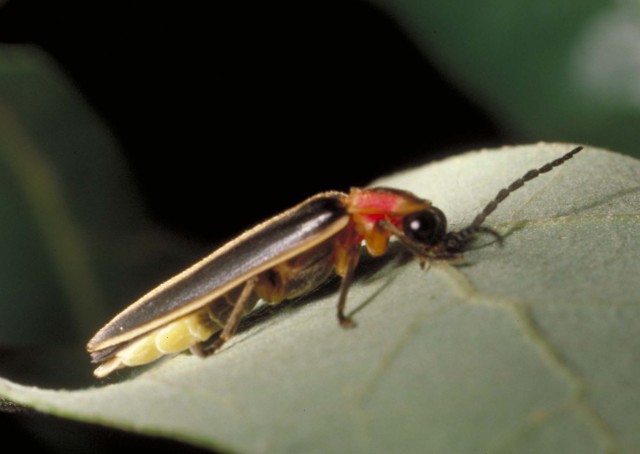Understanding how fireflies evolved their glow
Ars Technica » Scientific Method 2014-03-14
With life's spectacular diversity, it's easy to look at some of its more baroque features and wonder "how could that have possibly evolved?" When researchers look at the actual molecular details, however, there are often rather mundane answers to that question.
One of the latest was provided in a paper released earlier this week by PNAS, which looked at the reason that fireflies are able to glow. The protein that illuminates the bugs, luciferase, turns out to be closely related to one that's normally involved in basic fat metabolism. In the new paper, researchers show that, given the right chemical, the enzyme that's used to make fat can also cause the cells of a fruit fly to glow. Sadly, attempts to feed the chemical to Drosophila failed to make them bioluminescent.
Proteins are made of a long string of subunits called amino acids. Each position in the string can be occupied by any one of 20 different amino acids; the precise order in which they appear dictates the protein's structure and function. When two proteins are related by common descent (that is, both are derived from the same ancestral protein), the sequences of the amino acids will be similar—a similarity that's shared with the DNA that encodes the proteins.
Read 6 remaining paragraphs | Comments
